Greetings unto the Known World from Lady Margherita Battistina, Dean of the Pennsic School of European Dance!
The magnificent and longstanding Pennsic Grand Ball will be changing this year, based upon your input and votes from last fall’s survey. Therefore, to give everyone fair opportunity to practice their dancing and prepare their clothing, we are announcing these changes early and widespread. I apologize to all who will see many duplicates of this message.
First, be it known that the Grand Ball of Pennsic 43 will be a masked ball. Don your finest clothing and a lovely mask and join us for a night of decadence, disguise and dancing (masks not required). To top it all off, there will be a prize for the attendee who best displays kingdom heraldry in your clothing.
Second, be it known that the Grand Ball is moving... in day and in location. Based on your votes, the Grand Ball will be on the second Monday of war, this year the fourth day of August. In addition, the Grand Ball will be held in our Dance Pavilion, within the University complex (no more concrete floor!).
Third, be it known that the set list has been decreed as follows:
Set 1: Gathering Peascods, Montarde Branle, Bizzaria d'Amore, Petit Vriens, Hide Park, Petit Rose, Official Branle, Contrapasso, a Pavan & Galliard
Set 2: Black Alman, Villanella, Hearts Ease, Rufty Tufty, Gelosia, Pease Branle, Chirantana, Goddesses, Piva
Set 3: Ly Bens, Gracca Amorosa, Horses’ Branle, Rostiboli, Parsons Farewell, Madam Cecilia Alman, Amoroso, Whirligig, Cassandra Branle, Charlotte Branle
Set 4: New Boe Peep, La Castellana, Jenny Pluck Pears, Anello, Lorayne Alman, Upon a Summer's Day, Washerwomans Branle, Saltarello
May you find joy in every step!
Margherita
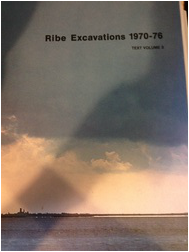
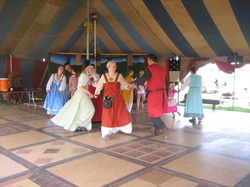
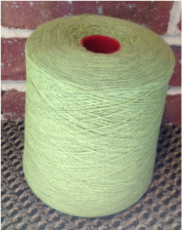
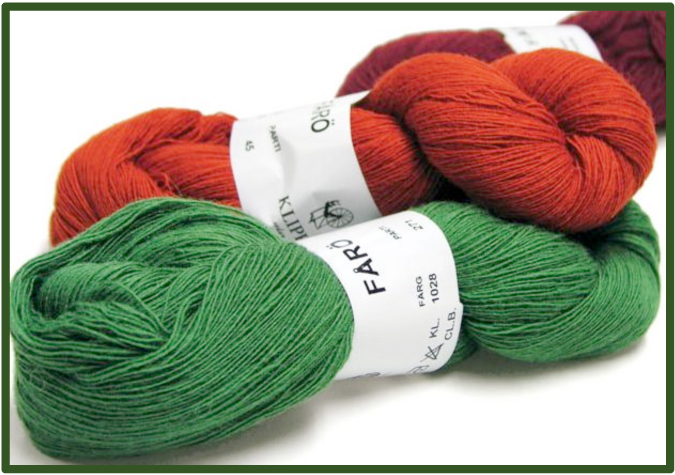
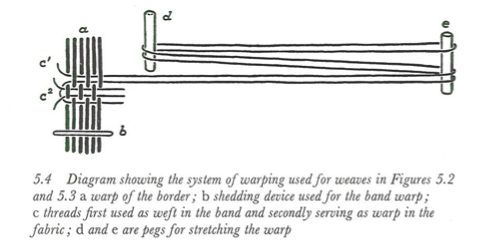
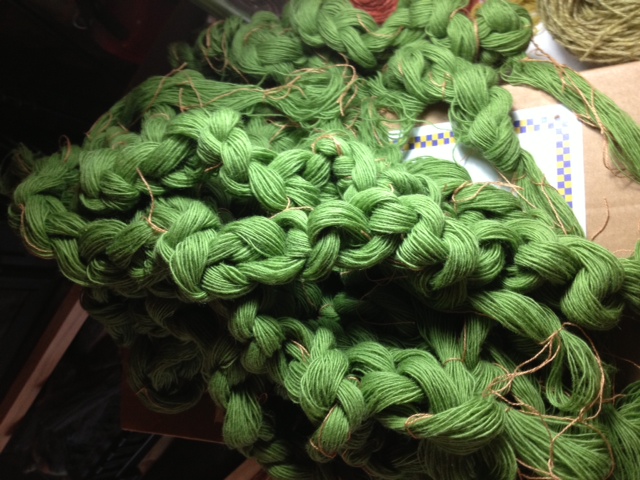
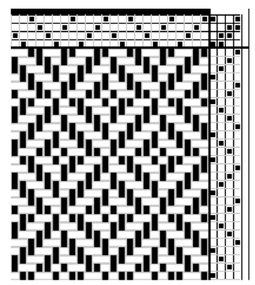
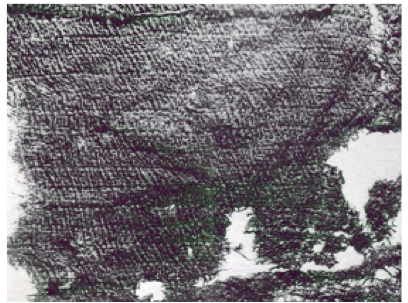
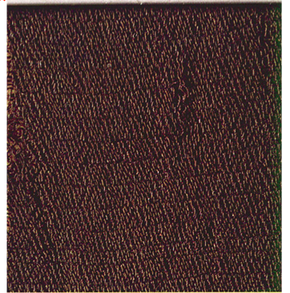
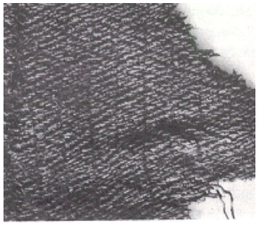
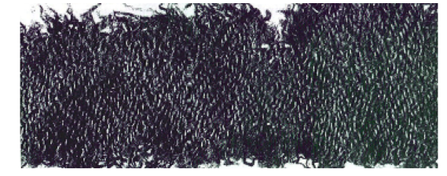
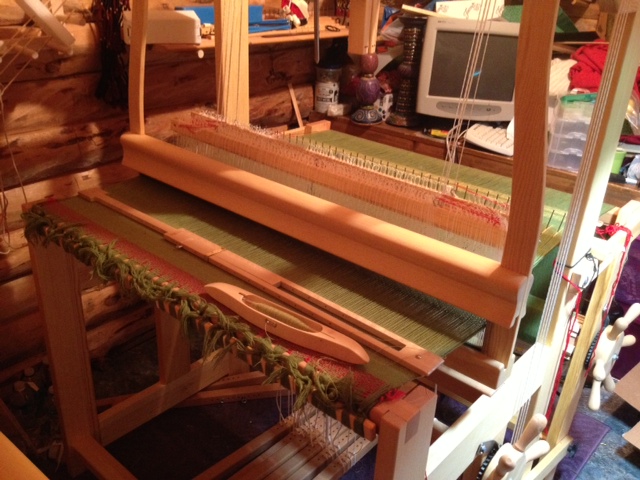
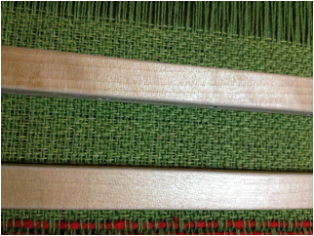
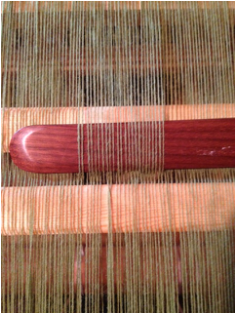
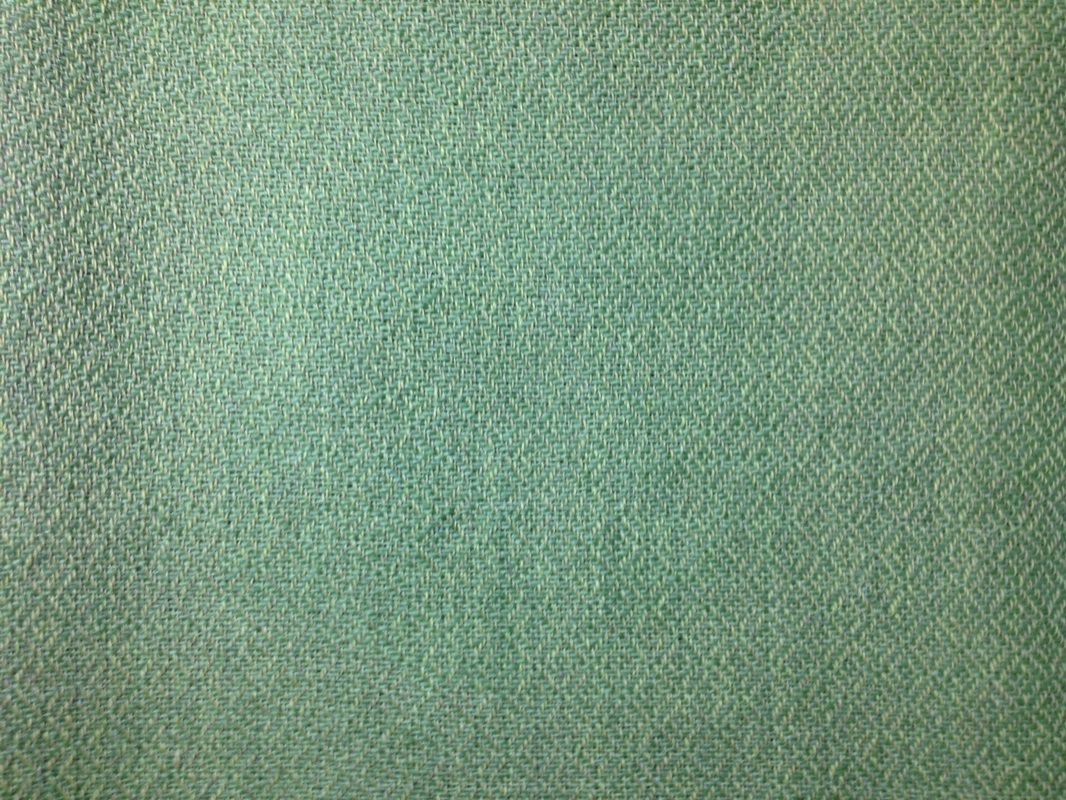
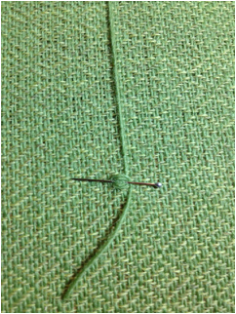
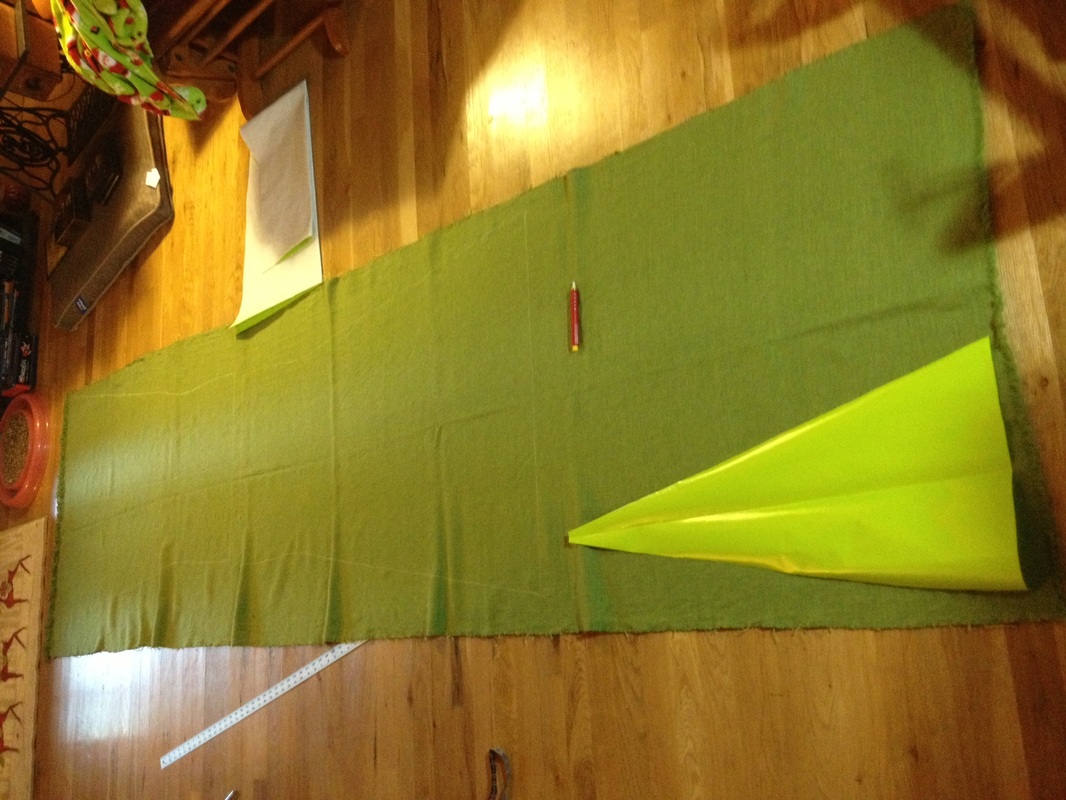
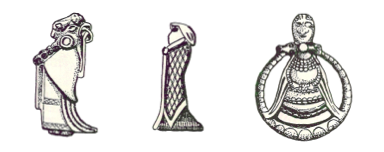
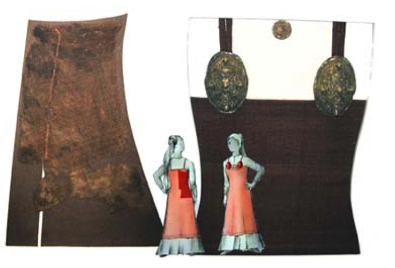
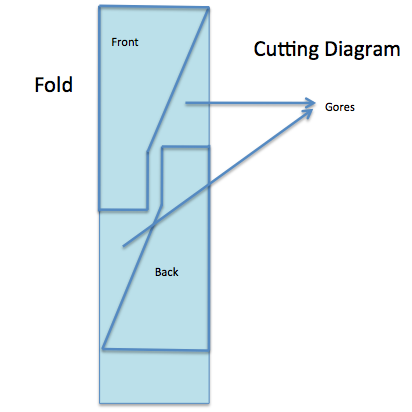
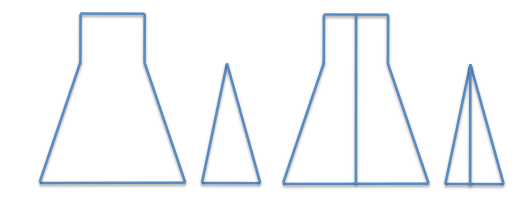
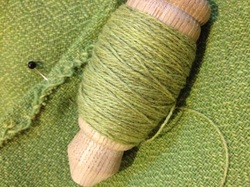
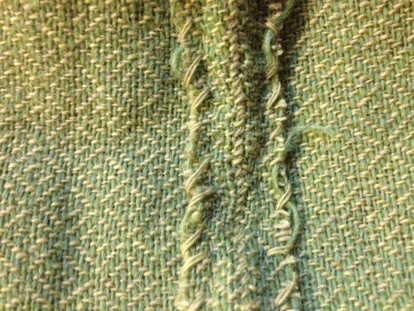
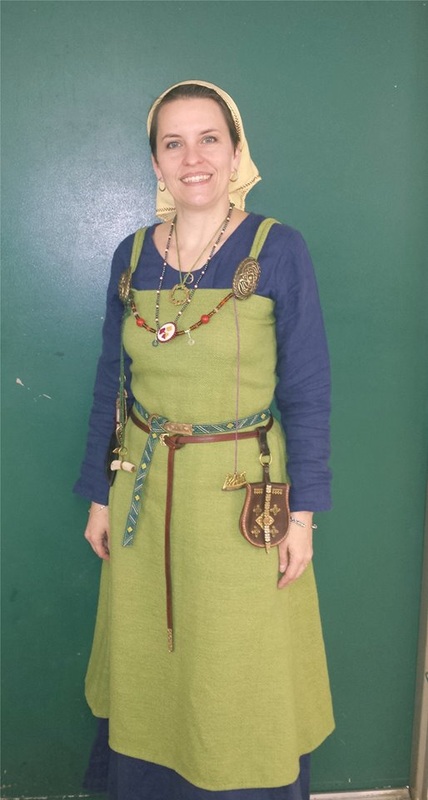
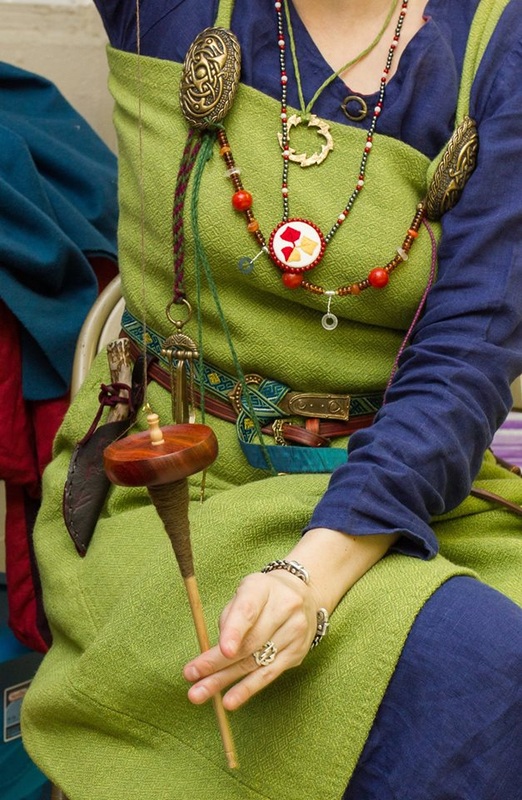
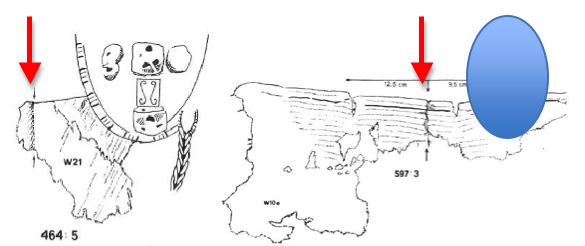
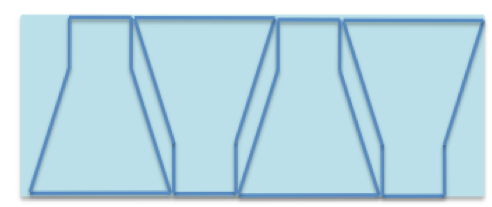
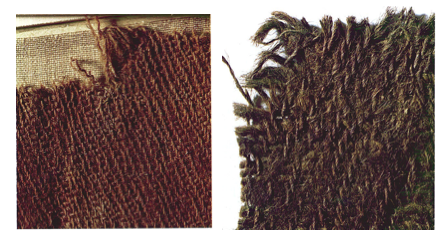
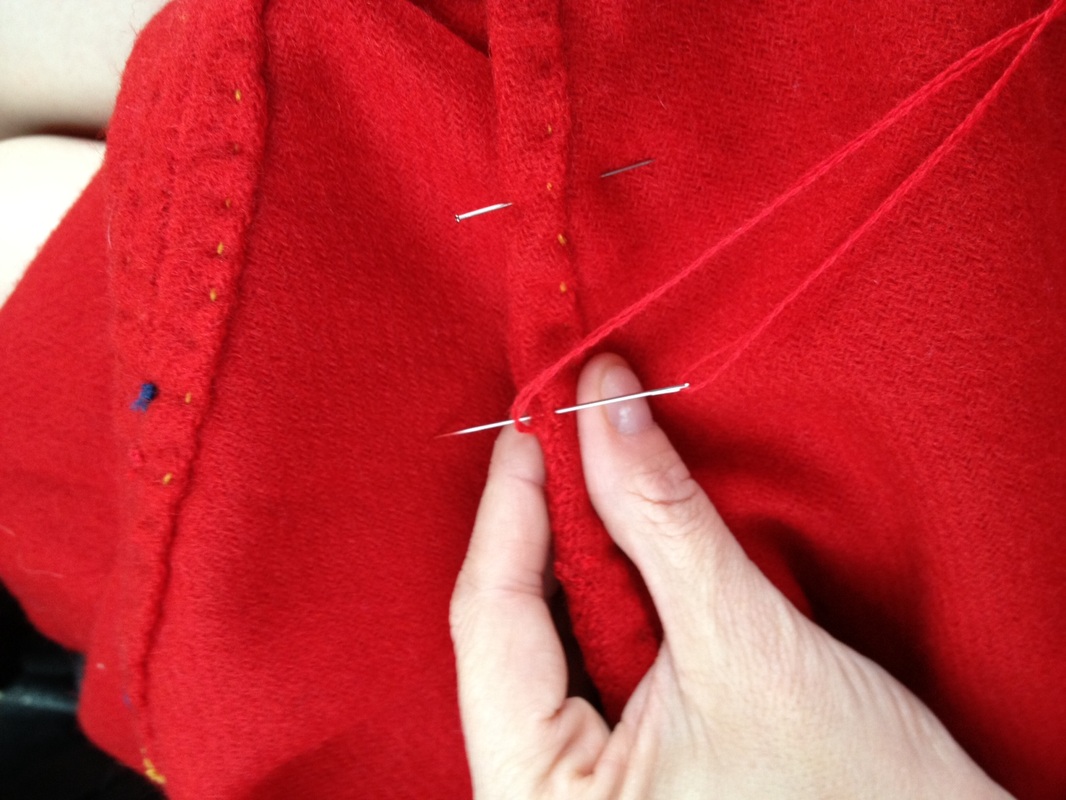
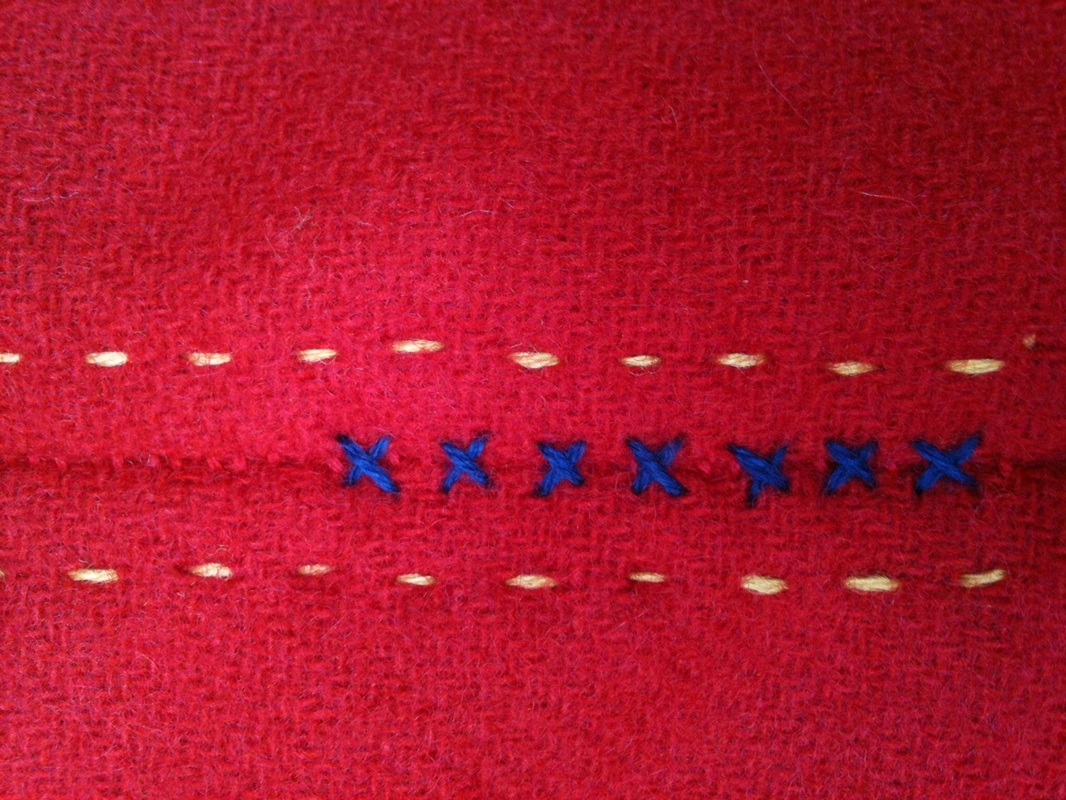
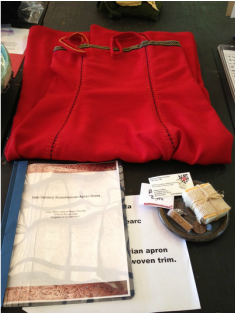
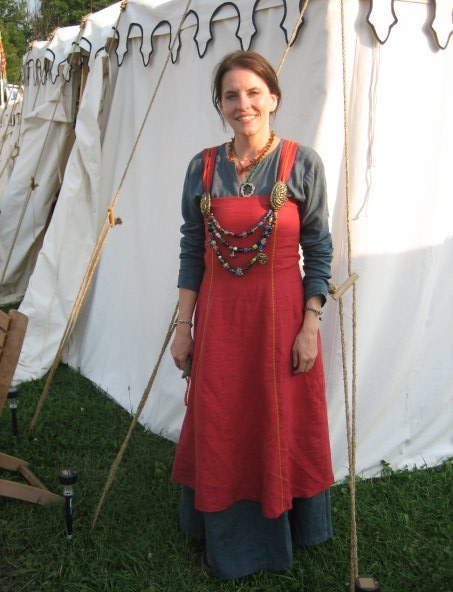
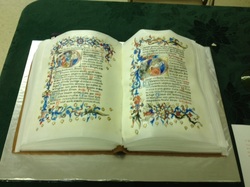
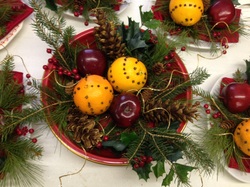
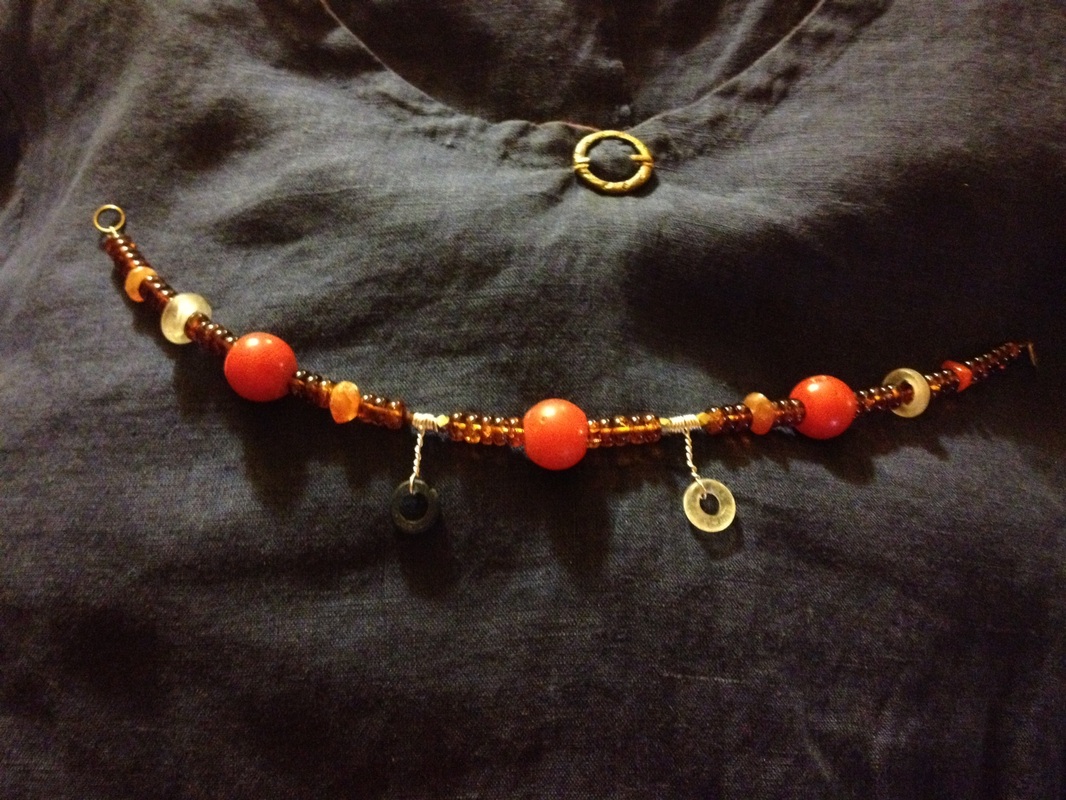
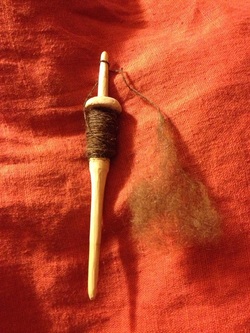
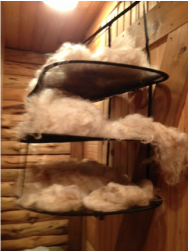
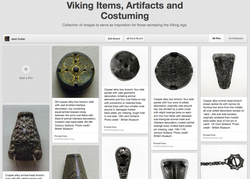
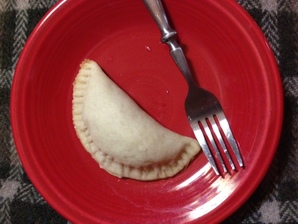
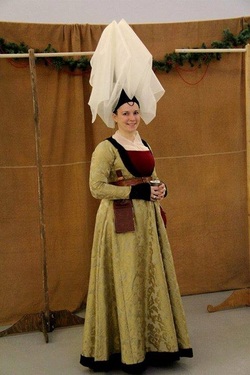
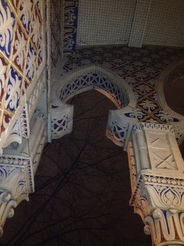
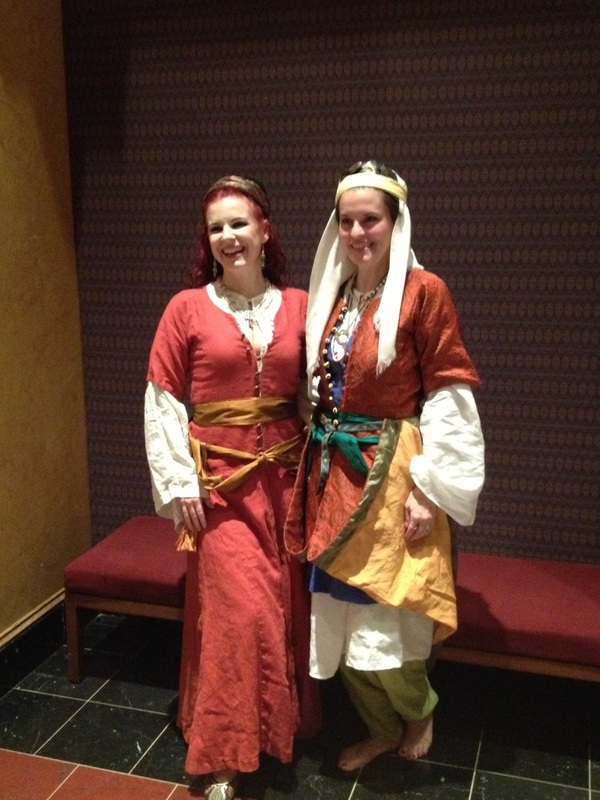
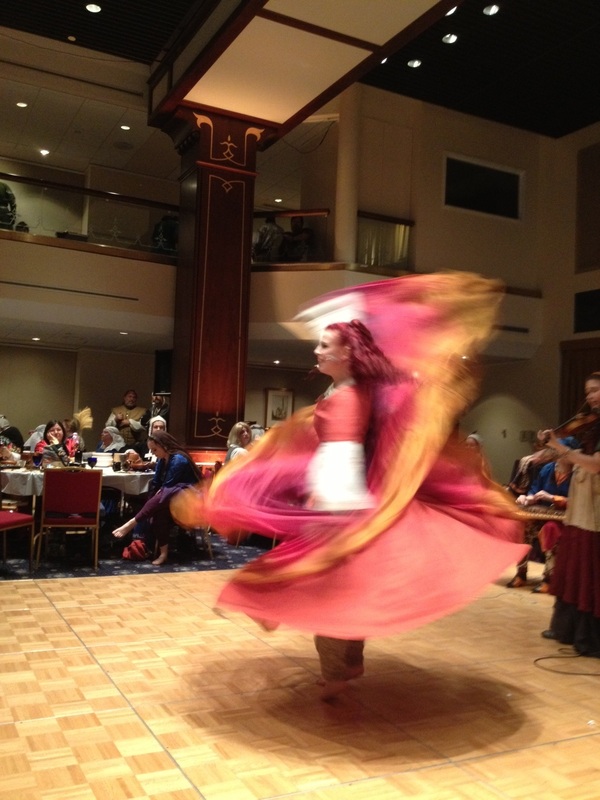
 RSS Feed
RSS Feed